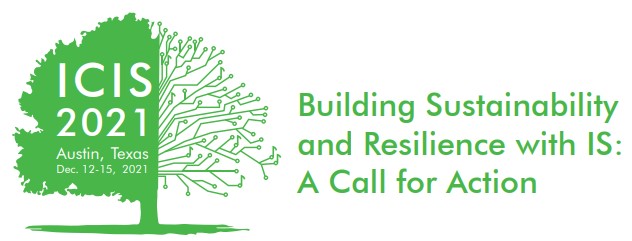Data Analytics for Business and Societal Challenges
Loading...
Paper Number
1364
Paper Type
Completed
Description
During the last decade, factorization machines have proven to be a highly versatile recommendation technique, capable of incorporating additional information such as the rating context. This versatility makes factorization machines a highly promising choice for capturing group dynamics in a group recommender scenario. Therefore, we present with GroupFM three independent approaches (PseudoU, MultiU and GC) to enable group recommendations with factorization machines. To evaluate GroupFM, we used the CAMRa2011 data set as well as a newly collected data set. The new data set contains contextually annotated ratings from both single users and groups and is made public to support the evaluation of future context-aware group recommender systems. Based on our results on both data sets, each approach was able to outperform existing group recommender systems given sufficient group ratings. Therefore, we discuss the individual benefits and characteristics of each approach depending on the number of available group ratings.
Recommended Citation
Szubartowicz, Michael, "GroupFM: Enabling Context-Aware Group Recommendations with Factorization Machines" (2021). ICIS 2021 Proceedings. 5.
https://aisel.aisnet.org/icis2021/data_analytics/data_analytics/5
GroupFM: Enabling Context-Aware Group Recommendations with Factorization Machines
During the last decade, factorization machines have proven to be a highly versatile recommendation technique, capable of incorporating additional information such as the rating context. This versatility makes factorization machines a highly promising choice for capturing group dynamics in a group recommender scenario. Therefore, we present with GroupFM three independent approaches (PseudoU, MultiU and GC) to enable group recommendations with factorization machines. To evaluate GroupFM, we used the CAMRa2011 data set as well as a newly collected data set. The new data set contains contextually annotated ratings from both single users and groups and is made public to support the evaluation of future context-aware group recommender systems. Based on our results on both data sets, each approach was able to outperform existing group recommender systems given sufficient group ratings. Therefore, we discuss the individual benefits and characteristics of each approach depending on the number of available group ratings.
When commenting on articles, please be friendly, welcoming, respectful and abide by the AIS eLibrary Discussion Thread Code of Conduct posted here.



Comments
14-Data